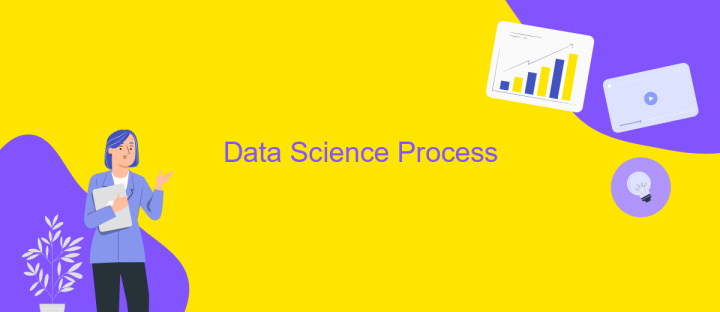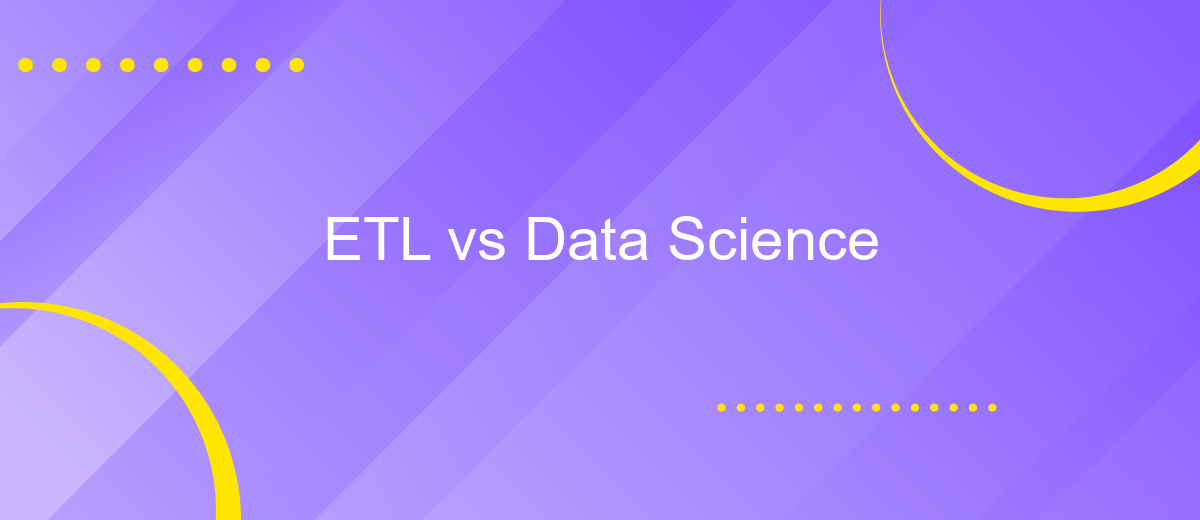ETL vs Data Science
In the rapidly evolving landscape of data management, understanding the distinctions between ETL (Extract, Transform, Load) processes and Data Science is crucial for organizations seeking to leverage data effectively. While ETL focuses on the systematic preparation and movement of data, Data Science delves into advanced analytics and predictive modeling. This article explores the unique roles and intersections of ETL and Data Science in modern data strategies.
Purpose and Overview
ETL (Extract, Transform, Load) and Data Science are two crucial components in the realm of data management and analytics. While ETL focuses on the process of transferring data from various sources into a centralized data warehouse, Data Science emphasizes extracting insights and knowledge from data through analytical methods and algorithms.
- ETL: Involves extracting data from multiple sources, transforming it into a suitable format, and loading it into a data warehouse.
- Data Science: Utilizes statistical methods, machine learning, and algorithms to analyze and interpret complex data.
- Integration Tools: Services like ApiX-Drive facilitate seamless data integration, enabling efficient data flow between systems.
Understanding the differences and synergies between ETL and Data Science is essential for businesses looking to harness the full potential of their data. By leveraging tools such as ApiX-Drive for integration, organizations can streamline their data processes, ensuring that both ETL and Data Science efforts are optimized for better decision-making and strategic insights.
ETL Process

The ETL (Extract, Transform, Load) process is a fundamental method in data management, crucial for preparing data for analysis and reporting. The process begins with the extraction phase, where raw data is collected from various sources such as databases, APIs, or flat files. This data is then moved to a staging area where it undergoes transformation. During the transformation phase, data is cleaned, filtered, and formatted to meet the requirements of the target system. This may involve data normalization, deduplication, and the application of business rules to ensure data consistency and quality.
Once the data is transformed, it enters the loading phase, where it is imported into a target data warehouse or database for further analysis. Tools like ApiX-Drive can simplify this process by automating data integration tasks, reducing the need for manual intervention. ApiX-Drive enables seamless data transfer between various platforms, ensuring that data is always up-to-date and readily available for data scientists and analysts. This streamlined approach not only saves time but also enhances data accuracy and reliability, making it an invaluable asset in the ETL process.
Data Science Process

The Data Science process involves several crucial steps to transform raw data into actionable insights. The journey begins with data collection, where data is gathered from various sources such as databases, APIs, and web scraping. Once the data is collected, it undergoes cleaning and preprocessing to ensure its quality and consistency.
- Data Collection: Gathering data from multiple sources like databases, APIs, and web scraping.
- Data Cleaning and Preprocessing: Removing inconsistencies and ensuring data quality.
- Exploratory Data Analysis (EDA): Analyzing data patterns and relationships using statistical methods and visualization tools.
- Model Building: Developing predictive models using machine learning algorithms.
- Model Evaluation: Assessing model performance using various metrics and validation techniques.
- Deployment and Monitoring: Deploying the model into production and continuously monitoring its performance.
Each step in the Data Science process is critical for deriving meaningful insights. Tools like ApiX-Drive can facilitate data integration, making it easier to collect and preprocess data from various sources. By following this structured approach, businesses can leverage data science to drive informed decision-making and strategic planning.
Key Differences

ETL (Extract, Transform, Load) and Data Science are two distinct yet interconnected fields in the data management landscape. While ETL focuses on the process of moving and transforming data from various sources into a centralized database, Data Science emphasizes on analyzing and interpreting complex data to derive actionable insights.
ETL is primarily concerned with the data pipeline, ensuring that data is accurately and efficiently transferred across systems. In contrast, Data Science involves statistical analysis, machine learning, and predictive modeling to understand and forecast trends. Both fields require different skill sets and tools, yet they complement each other in the broader context of data utilization.
- ETL is about data integration, cleansing, and loading.
- Data Science focuses on data analysis, modeling, and prediction.
- ETL uses tools like ApiX-Drive for seamless data integration.
- Data Science employs programming languages like Python and R.
Understanding the key differences between ETL and Data Science helps organizations streamline their data strategy. By leveraging tools like ApiX-Drive for ETL processes and advanced analytical techniques in Data Science, businesses can ensure both accurate data management and insightful decision-making.
- Automate the work of an online store or landing
- Empower through integration
- Don't spend money on programmers and integrators
- Save time by automating routine tasks
Conclusion
In conclusion, ETL (Extract, Transform, Load) and Data Science serve distinct but complementary roles in the realm of data management and analytics. ETL focuses on the systematic extraction, transformation, and loading of data from various sources into a centralized repository, ensuring data consistency and reliability. On the other hand, Data Science leverages statistical methods, machine learning, and advanced analytics to derive actionable insights and predictive models from the data. Both are essential for a robust data strategy, but they cater to different aspects of the data lifecycle.
Integrating ETL processes with Data Science workflows can significantly enhance the efficiency and effectiveness of data-driven decision-making. Tools like ApiX-Drive can streamline this integration by automating data transfers between disparate systems, enabling seamless data flow and reducing manual intervention. By leveraging such services, organizations can ensure that their data is not only well-organized and accessible but also primed for advanced analytical processes, ultimately driving better business outcomes.
FAQ
What is the primary difference between ETL and Data Science?
Can ETL processes be automated?
How do ETL tools support Data Science projects?
What skills are required for ETL compared to Data Science?
Can ETL and Data Science be integrated into a single workflow?
Time is the most valuable resource for business today. Almost half of it is wasted on routine tasks. Your employees are constantly forced to perform monotonous tasks that are difficult to classify as important and specialized. You can leave everything as it is by hiring additional employees, or you can automate most of the business processes using the ApiX-Drive online connector to get rid of unnecessary time and money expenses once and for all. The choice is yours!


